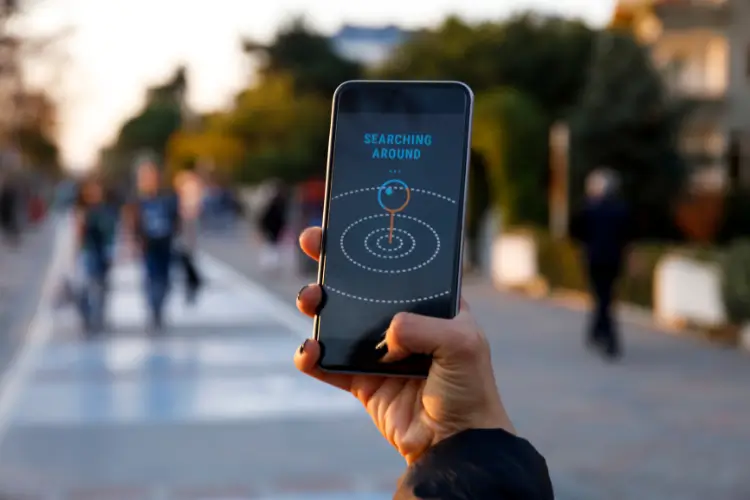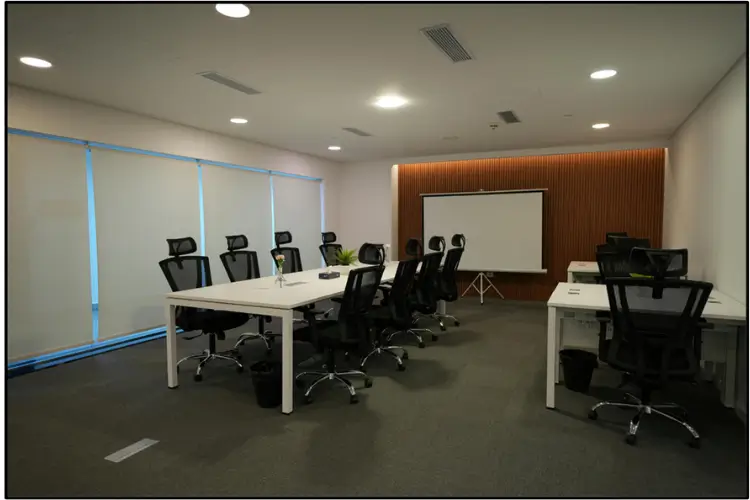A physical business location is the cornerstone of your brand’s visibility and client interaction, not just a place to conduct business. Appropriate space improves credibility, draws foot traffic, and simplifies daily operations. From choosing the appropriate site to guaranteeing dependable infrastructure and regulatory compliance, strategic planning is essential for building a functional and appealing corporate location. From building materials to necessary installations, each decision counts greatly toward long-term success. Creating a commercial space meant for expansion and efficiency prepares the ground for a profitable company.
Selecting the Perfect Location for Maximum Visibility and Accessibility
The success of your company begins with selecting a site fit for your operational requirements and target market. While accessibility guarantees that clients and staff can easily access the site, a busy location boosts visibility. Foot traffic and general consumer experience depend significantly on proximity to parking facilities, major roadways, and transportation centers. Before deciding on a location, zoning laws and property regulations must be considered.
While industrial zones serve manufacturing and logistics demands, commercial areas provide higher chances for retail and service-based companies. Knowing local company needs guarantees operational adherence to building codes and guidelines. To provide a solid basis for long-term corporate expansion, a well-chosen location strikes a mix of visibility, access, and regulatory compliance.
Designing a Functional and Customer-Friendly Business Space
The arrangement and design of a business space affect client experience as well as effectiveness. A well-designed interior maximizes efficiency while preserving a pleasant environment. While segregated desks and storage spaces improve organization, open floor designs encourage movement and engagement. The careful arrangement of waiting areas, display spaces, and service counters enhances the entire flow of the business.
Attracting and retaining customers also depend significantly on aesthetic attractiveness. Selecting appropriate décor, lighting, and color schemes helps reflect the brand’s identity. Accessibility features, clear signage, and comfortable seating enhance usability for a diverse customer base. Balancing design with utility guarantees a space that is both inviting and effective.
Investing in Reliable Infrastructure and Essential Utility Systems
A business location must be furnished with consistent infrastructure to enable daily activities. Plumbing, electrical systems, and climate control solutions guarantee the facility stays comfortable and functional. While still preserving an ideal indoor atmosphere, energy-efficient lighting and heating, ventilation, and air conditioning (HVAC) systems lower running expenses. Correct insulation and waterproofing guard the structure against seasonal temperature swings and environmental damage.
Roof systems are a key part of that envelope, and when deterioration or chronic leaks occur, a timely replacement can protect the entire building fabric and prevent costly operational disruptions. In metro centers, choosing a contractor with an experienced in‑house crew helps accelerate schedules and maintain code compliance; local firms offering Commercial Roof Replacement Atlanta specialize in matching durable membrane and insulation choices to each building’s load and weather exposure. They also coordinate phasing and safety plans to minimize business downtime during the work. Considering replacement alongside insulation and waterproofing upgrades often yields better long‑term performance and lower life‑cycle costs.
Maintaining a safe and clean workplace depends mostly on plumbing and drainage systems. Facilities, including kitchens, bathrooms, or water-dependent operations, call for premium pipe and water control systems. Especially in places prone to heavy rainfall, preventing water damage and basement flooding is absolutely vital. Reliable sump pump installation services safeguard the foundation of a commercial property by preventing water accumulation and structural damage. Investing in long-lasting infrastructure lowers maintenance costs and improves operational efficiency.
Beyond the core utilities of plumbing, electrical, and HVAC systems, commercial properties also rely on specialist infrastructure to ensure long-term safety and accessibility. Companies like Surespan Ltd provide engineered solutions such as roof access hatches, ladders, and smoke ventilation systems that integrate seamlessly with essential building utilities. These systems not only improve operational safety but also enhance resilience against environmental challenges, reinforcing the overall reliability of a property’s infrastructure.
Ensuring Security, Compliance, and Legal Protection
Security measures protect company assets, employees, and customers. Alarms, access control systems, and surveillance cameras discourage unauthorized entrance and activity. High-security locks, shatter-resistant windows, and reinforced doors improve physical security, therefore lowering the break-in and theft risk. Compliance with safety regulations and building codes is equally critical.
Correct ventilation, emergency exits, and fire protection systems guarantee safe surroundings. Particularly in companies that deal in food or personal services, health and sanitation regulations must be satisfied. Frequent inspections and certifications ensure that the company operates within legal limits, thereby preventing fines or even closures. Maintaining strong security and compliance requirements guarantees safe and reliable surroundings for clients and staff.
Enhancing the Customer Experience with Modern Amenities
Establishing a business environment that provides consumer comfort motivates positive ratings and repeated visits. Customer experience is enhanced by waiting spaces featuring free Wi-Fi, cozy seats, and entertainment choices. Digital kiosks, self-checkout stations, and mobile payment choices simplify transactions, hence lowering wait times and enhancing service efficiency.
Interior design features, including pleasant smells, ambient lighting, and relaxing background music, improve the whole ambiance. Companies that offer contemporary amenities like water stations, charging outlets, and climate-regulated areas make the surroundings more enjoyable for customers. Differentiating a company from competitors by a customer-centric approach promotes loyalty and long-term success.
Conclusion
From selecting the appropriate site to guarantee a safe and well-equipped facility, determining a physical location for your company calls for meticulous planning. A good foundation starts with dependable infrastructure, practical design, and a strategic location. Compliance with rules, security policies, and customer-oriented facilities combined help to create an environment that encourages corporate expansion and improves client experience. Prioritizing efficiency, accessibility, and modern comforts helps you establish a business environment that draws clients and guarantees long-term viability.




